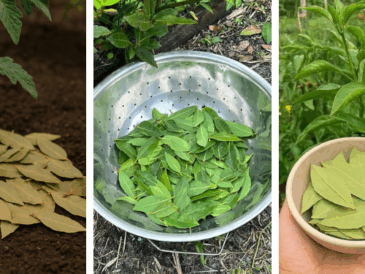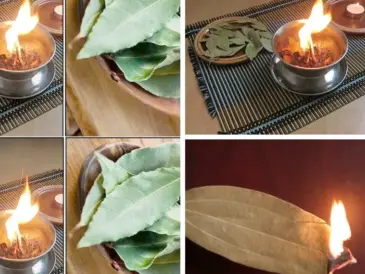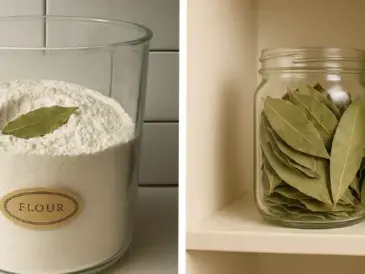Aloe vera gel is a staple in many households, celebrated for its soothing and healing properties. However, despite its popularity, many of us might not be using this versatile plant to its full potential. From skincare to hair care, aloe vera gel offers a myriad of benefits that can be maximized with the right techniques.
In this article, we’ll explore common mistakes people make with aloe vera gel and provide expert advice on how to use it correctly. Whether you’re looking to soothe sunburn, treat acne, or enhance your beauty routine, understanding the proper use of aloe vera gel can make all the difference.
1. Always Apply Aloe Vera Gel on Damp Skin
One of the most common mistakes is applying aloe vera gel on dry skin. For optimal absorption, it’s crucial to apply aloe vera gel on damp skin. This helps the gel to penetrate deeper into the skin, providing better hydration. After cleansing your face, gently pat it dry but leave it slightly moist. Apply a small amount of aloe vera gel, about a pea-sized amount, and gently massage it into your skin. The moisture on your skin will help lock in the hydration benefits of the aloe vera gel.
2. Store Aloe Vera Gel in the Fridge, Not at Room Temperature
To maximize the shelf life and potency of aloe vera gel, it’s best to store it in the refrigerator. When stored at room temperature, aloe vera gel can lose its effectiveness and spoil faster. Keeping it in the fridge not only preserves its quality but also enhances its soothing properties. The cooling sensation from refrigerated aloe vera gel can provide instant relief for irritated or sunburned skin. Aim to store your aloe vera gel at a temperature below 40°F (4°C) for optimal results.
3. Avoid Daily Use for Acne Treatment
While aloe vera gel can be beneficial for acne-prone skin, overuse might lead to irritation. Aloe vera contains salicylic acid, which can help to exfoliate the skin and reduce inflammation, but daily use may strip the skin of its natural oils. Instead, apply aloe vera gel two to three times a week as a spot treatment. Use a cotton swab to dab a small amount on the affected areas after cleansing your face. Monitor your skin’s reaction and adjust usage accordingly.
4. Conduct a Patch Test with Fresh Aloe Vera Leaves
If you’re using fresh aloe vera leaves, it’s important to conduct a patch test to ensure you don’t have an allergic reaction. Cut a small section of the aloe leaf and extract the gel. Apply a tiny amount behind your ear or on the inside of your wrist and wait for 24 hours. If no irritation or redness occurs, it’s safe to use the gel on larger areas. Fresh aloe vera contains aloin, a compound that can be irritating for some people, so always perform a patch test before full application.
5. Understand the Benefits of Aloe Vera Gel for Sunburn
Aloe vera gel is renowned for its ability to soothe sunburned skin. The natural compounds in aloe, such as aloin and aloesin, help reduce inflammation and promote healing. Apply a generous layer of aloe vera gel to the sunburned area, repeating every few hours for the best results. The cooling effect provides immediate relief, while the gel’s moisturizing properties help repair damaged skin. It’s important to note that aloe vera gel should not replace sunscreen but can be used as an after-sun treatment.
6. How to Use Aloe Vera Gel as a Moisturizer
Aloe vera gel can be an effective moisturizer, especially for oily and combination skin types. After cleansing and toning, apply a thin layer of aloe vera gel to your face and neck. Allow it to absorb fully before applying any additional products. For enhanced hydration, mix a few drops of your favorite facial oil with the aloe vera gel before application. This combination provides a lightweight, non-greasy layer of moisture that helps keep skin hydrated throughout the day.
7. Aloe Vera Gel for Hair Care: What You Need to Know
Aloe vera gel can also be a beneficial addition to your hair care routine. It helps to reduce dandruff, soothe an itchy scalp, and condition the hair. For a simple hair mask, mix equal parts aloe vera gel and coconut oil, and apply it to your scalp and hair. Leave it on for 30 minutes before rinsing thoroughly with warm water. This treatment can be done once a week to maintain a healthy scalp and soft hair. Additionally, aloe vera gel can be used as a leave-in conditioner by applying a small amount to the ends of damp hair.
8. The Role of Aloe Vera Gel in Wound Healing
Aloe vera gel has long been used for its wound healing properties. It contains polysaccharides and growth hormones that promote cell regeneration and repair. For minor cuts and abrasions, clean the area with water and apply a thin layer of aloe vera gel. Cover with a bandage if necessary and reapply the gel two to three times daily until the wound heals. The gel’s antibacterial properties also help to prevent infection, making it a valuable first aid treatment.
9. Debunking Popular Aloe Vera Gel Myths
There are several misconceptions about aloe vera gel that need to be addressed. One common myth is that aloe vera gel can cure all skin conditions. While it offers numerous benefits, it is not a miracle cure and should be used as part of a broader skincare regimen. Another myth is that all aloe vera products are created equal. In reality, the efficacy of aloe vera gel depends on its purity and the presence of active compounds. Always choose high-quality, organic aloe vera gel to ensure you’re getting the most benefits.
10. The Right Way to Prepare Aloe Vera Gel at Home
Preparing aloe vera gel at home is simple and ensures you have a fresh and pure product. Start by cutting a mature aloe vera leaf from the plant, ideally from the base. Rinse the leaf thoroughly to remove dirt and any yellow sap residue. Use a sharp knife to carefully peel away the outer skin, exposing the clear gel inside. Scoop out the gel with a spoon and blend it until smooth. Store the homemade gel in an airtight container in the refrigerator for up to one week.
11. Combining Aloe Vera Gel with Other Ingredients for Enhanced Benefits
Aloe vera gel can be combined with other natural ingredients to boost its effectiveness. For a hydrating face mask, mix aloe vera gel with honey and apply it to your skin for 15-20 minutes before rinsing. For a soothing body scrub, combine aloe vera gel with sugar and coconut oil to exfoliate and moisturize the skin. Experimenting with different combinations can help you tailor aloe vera gel to meet your specific skincare needs, making it a versatile addition to any beauty routine.




